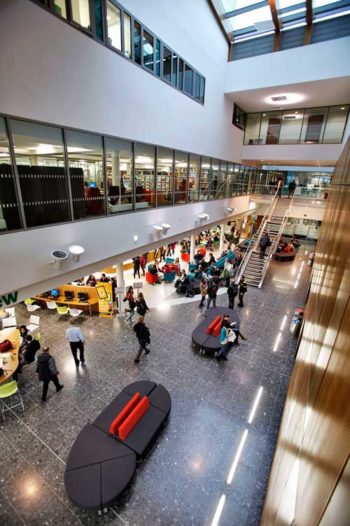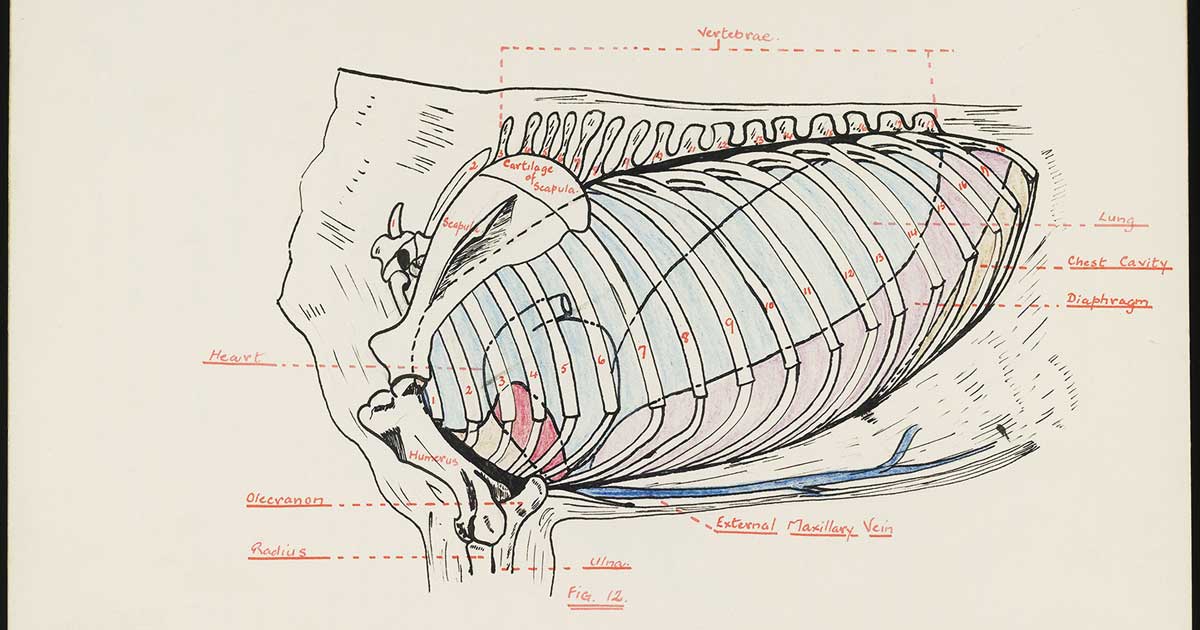In July, The Royal (Dick) School of Veterinary Studies hosts the annual VetEd conference for veterinary educators, with a conference main theme of sustainability. The Royal (Dick) is also celebrating its bicentenary year in 2023.
“History doesn’t repeat itself, but it rhymes,” said Mark Twain. Anyone privileged with the time to immerse themselves in the veterinary archive will probably agree.
When researching historical British veterinary education and practice, I was struck by the similarities in areas of concern then and now: how the profession regulates itself; the future sustainability of veterinary work; theory versus practice in veterinary education; debates on animal welfare; whether to specialise by species; emerging infections; food security… the list goes on.
In the 19th and early 20th centuries, meetings and debates were often reported verbatim in the veterinary press. Lively personalities jump out of the page at you, arguing passionately for what they believe in. Now we have social media and Veterinary Voices. What will future historians rely on? Will the Facebook and Twitter archives be fit for purpose?
Modernised vet education
After the Loveday reports of 1938 and 1944, and the second Veterinary Surgeons’ Act that followed, British veterinary education was “modernised” and consistently funded for the first time in history.

It was part of a plan to re-invent British veterinary medicine as a profession of cow doctors − “physicians of the farm”, to use the Loveday terminology.
These veterinary physicians would work from “country hospitals” dedicated to the care of livestock. The new steer in professional remit would ensure Britain would become self-sufficient in food and never again approach a national nutritional emergency, such as that caused by the Atlantic blockade of the Second World War.
The Loveday reports make interesting reading today because they amount to an attempt to socially engineer a profession to better meet society’s needs. In one sense, they failed. The British profession did not become a nation of farm physicians after all.
While a significant expansion in bovine medicine occurred, it certainly wasn’t a stampede of change. Equines still loomed large in teaching, even when the writing on the stable wall was clear: that the days of horse transport were well and truly over.
Then came the big rise in small animals from the 1950s. When James Herriot started publishing in the 1970s (writing about the 1930s and 1940s), he reflected he was a cow doctor that really wanted to be a dog doctor. In fact, the history of small animal practice is a bit more complicated than that, as recent scholarship in veterinary history has revealed.
History has traditionally been written by privileged white men (“his-story”). But what would a feminist history of veterinary medicine look like, or a queer one? Or a history that foregrounded not “great white men” and famous institutions, but ordinary practitioners?
To what extent have animals themselves shaped and influenced British veterinary medicine? Seeing animals as historical agents allows us to look at the past and future in different ways. And while not quite suggesting that companion animals set out with an intent to improve their medicine (bark up for better care), the changes in this branch have been extraordinary if you consider that, 80 or so years ago, admitting to being a small animal vet would single you out as “below the salt” − this phrase taken from a vet journal at the time, meaning “suspect”.
Influence today’s medicine
Despite adopting a dismissive attitude towards small animal practice, the Loveday reports influence veterinary education today. All the traditional vet schools were built to the Loveday model and echoes of the Loveday curriculum are present in contemporary timetables. Examining the Loveday reports through a contemporary lens informs concerns we see today about what being a vet is or can be – or should be.
Loveday was really all about sustainability, in terms of what a whole profession should look like to safeguard its future. Who decided all this, and why, and was the reasoning sound?
The retrospectoscope is a useful diagnostic instrument, whether used clinically or historically, but it has its dangers. Everything seems so obvious through the retrospectoscope. But history, like diagnosis, is often more complicated and interesting, and in a sense must be constructed, or made sense of, within available terms of reference. It is subject to revision if new information emerges – what historians call primary sources.
Preoccupied as it is with evidence and how this is used, history is like science – which is why I argue all veterinary degrees should include a full course in veterinary history (so far, unsuccessful, but we live in hope).
History is also good for you. A prescription of culture is known to improve well-being. Veterinary history is culture, our culture. It excites you and makes you feel good about your profession and is endlessly fascinating. I hope to pass on some of this during my plenary talk at VetEd 2023.
- The VetEd conference will this year be hosted by the Royal (Dick) School of Veterinary Studies between the 5 and 7 July. A pre-conference workshop day will be held at the Easter Bush campus on Wednesday 5 July and the main conference at The University of Edinburgh conference centre at Pollock Halls will take place on 6 and 7 July.
- A conference dinner will be held on Thursday 6 July. Full details are available at www.ed.ac.uk/vet/news-events/new-events/veted-2023

Leave a Reply